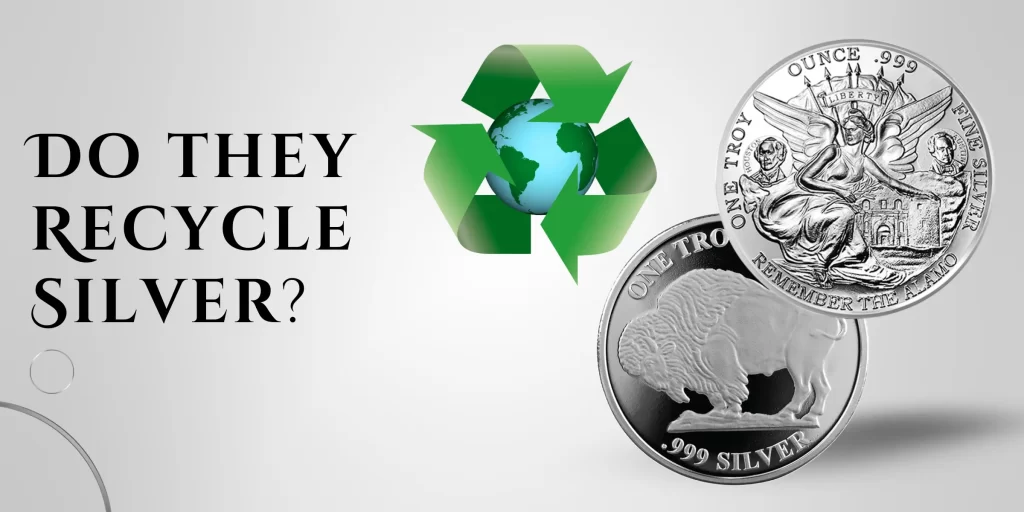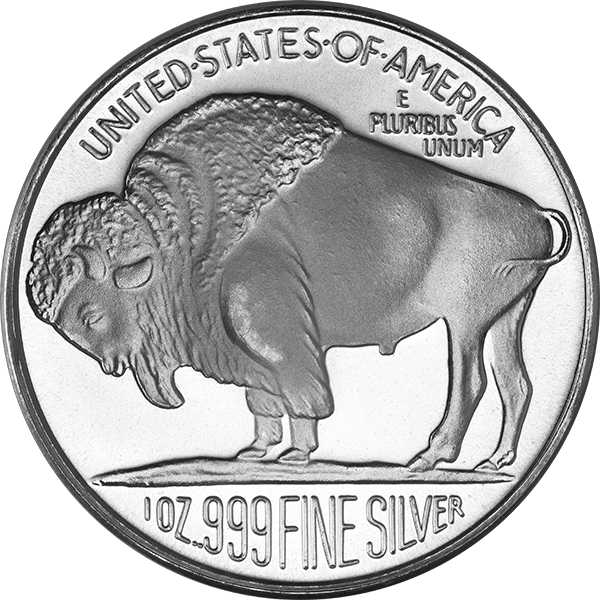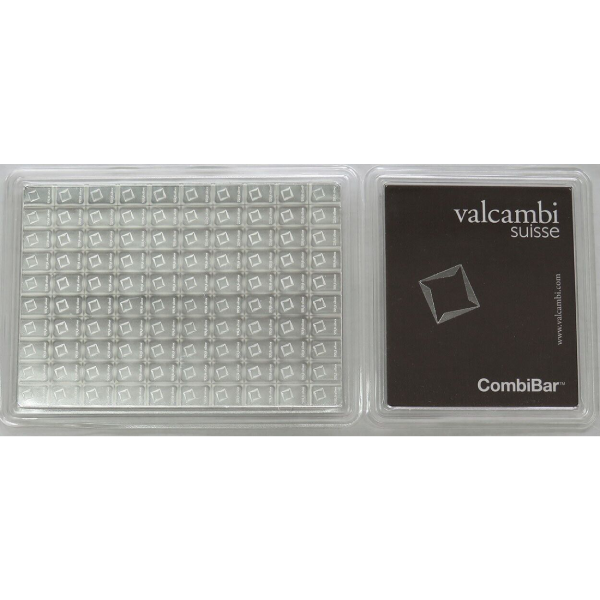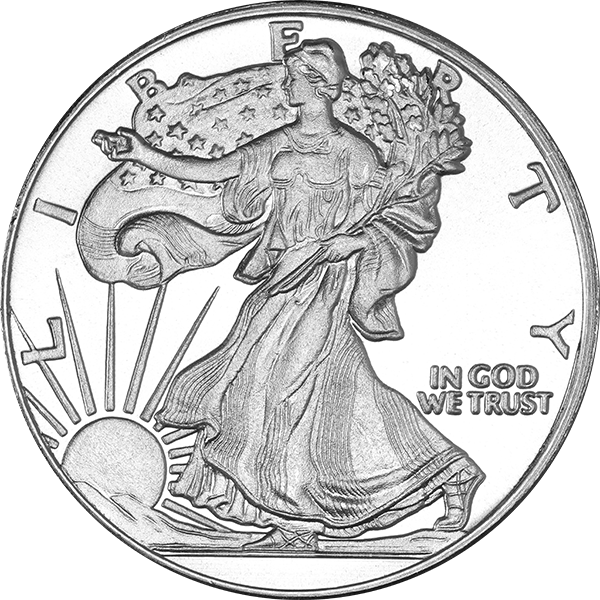Do they Recycle Silver
Yes, silver is recycled, and it’s actually one of the most recycled metals in the world. Recycling silver is common in various industries, and it plays a crucial role in meeting global silver demand. Here’s a breakdown of how silver is recycled and why it’s important:

1. Sources of Recycled Silver:
- Industrial Waste: A significant amount of recycled silver comes from industrial applications. Silver is used in electronics, solar panels, medical devices, and other high-tech products. When these products are discarded, the silver within them can be recovered and refined.
- Jewelry and Silverware: Old jewelry, silverware, and flatware are another major source of recycled silver. These items are often melted down and repurposed into new silver products.
- Photographic Film: Historically, silver was used in photographic film. While the use of silver in film has decreased with the rise of digital photography, silver can still be recovered from old film and photographic equipment.
- Coins: Some older coins contain silver, and these can be recycled as well. For example, certain U.S. coins minted before 1965 contained significant amounts of silver.
2. The Recycling Process:
- Collection: First, silver-containing materials are collected from various sources, such as industrial scrap or old jewelry.
- Refining: The silver is then purified. This process often involves melting down the material and separating silver from other metals and impurities.
- Reformulation: Once purified, the silver can be reformed into new products or sold as refined silver bars, coins, or other forms.
3. Benefits of Recycling Silver:
- Environmental Impact: Recycling silver helps reduce the need for mining, which can be environmentally damaging. Mining silver uses large amounts of energy and water, and it can result in pollution. Recycling helps to minimize these negative environmental effects.
- Resource Conservation: Silver is a finite resource, and recycling helps ensure a more sustainable supply. While silver is abundant in the Earth’s crust, the extraction process is costly and energy-intensive. Recycling allows for a more efficient use of the metal.
- Cost-Effective: The cost of recycling silver is typically lower than mining and refining new silver, making it an attractive option for industries and investors.
4. Global Silver Recycling Rates:
- Around 25-30% of the world’s annual silver supply comes from recycling, though this can fluctuate based on market conditions and the availability of recyclable silver.
- When silver prices are high, the amount of silver recycled tends to increase because more people are willing to sell old silver items, such as jewelry or silverware.
5. Recycling vs. Mining:
- Although silver is recycled, mining remains a significant source of new silver. In fact, about 70-75% of the world’s silver supply comes from mining, with the remainder coming from recycling.
- The silver market is driven by both primary (mined) and secondary (recycled) silver, but the recycling process helps ease pressure on mining operations.
Conclusion:
Yes, silver is definitely recycled, and it plays a crucial role in meeting global demand. Recycling silver not only helps reduce the environmental impact of mining but also offers a cost-effective way to supply industries with the metal. As silver prices rise, recycling is expected to become even more important, especially for industries that depend on silver for technological applications.




